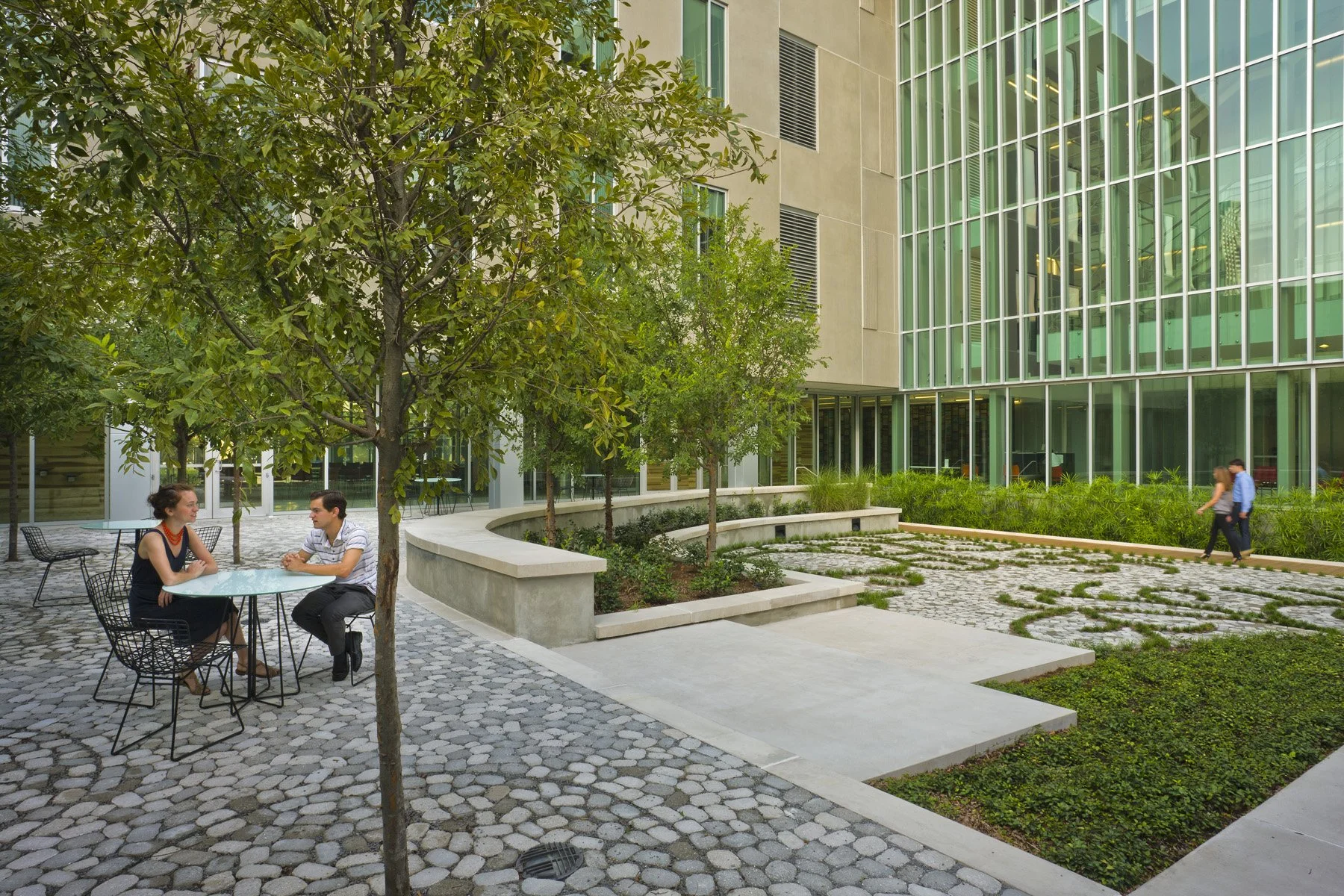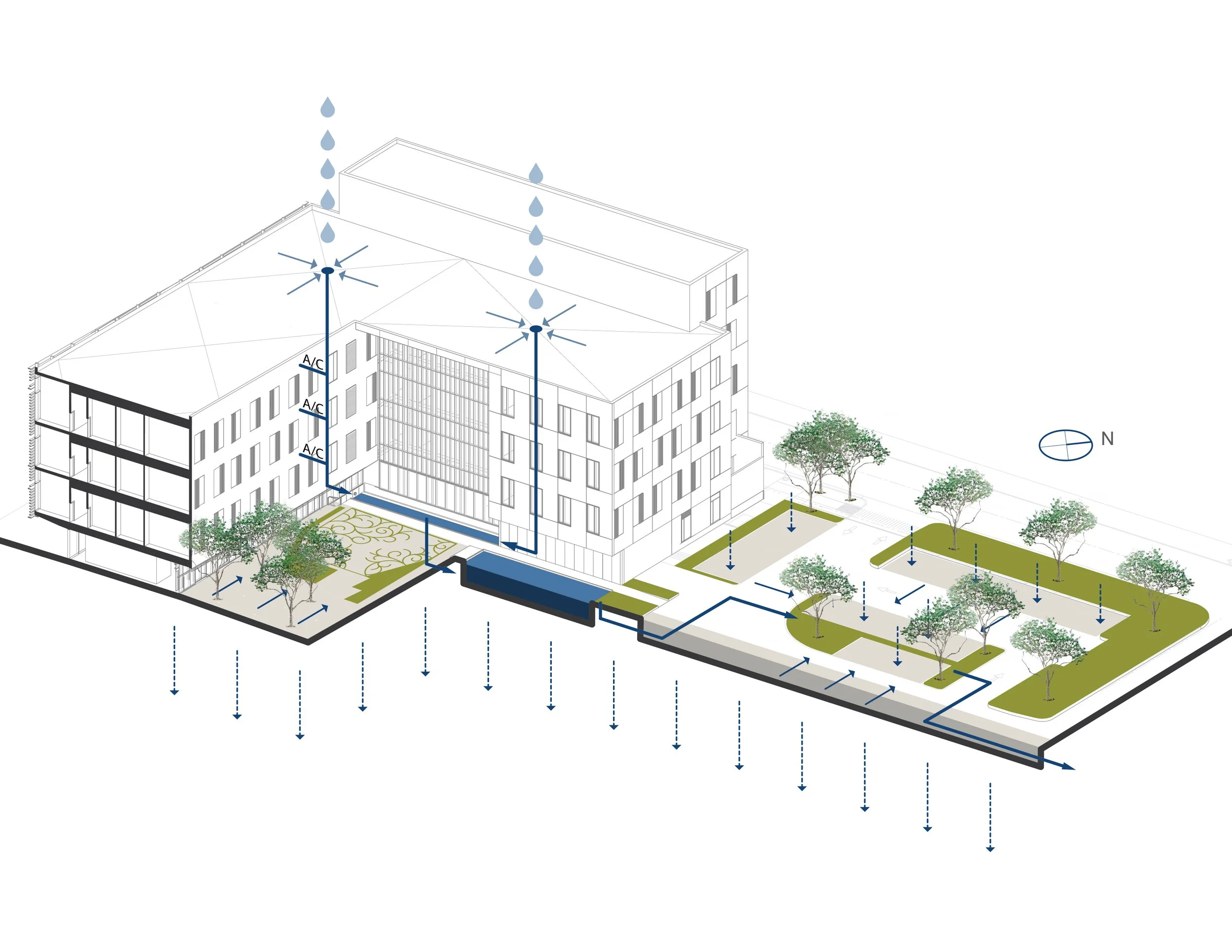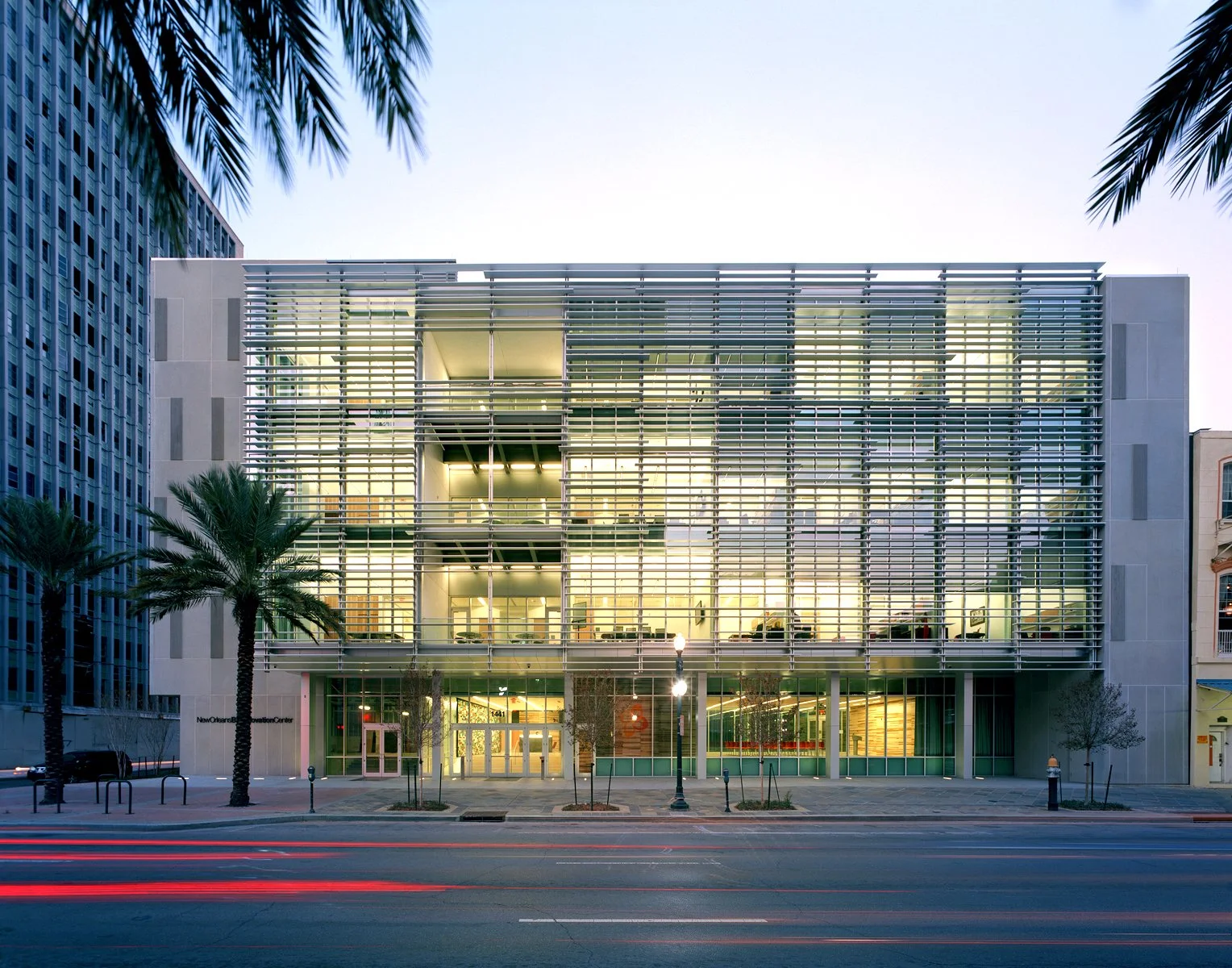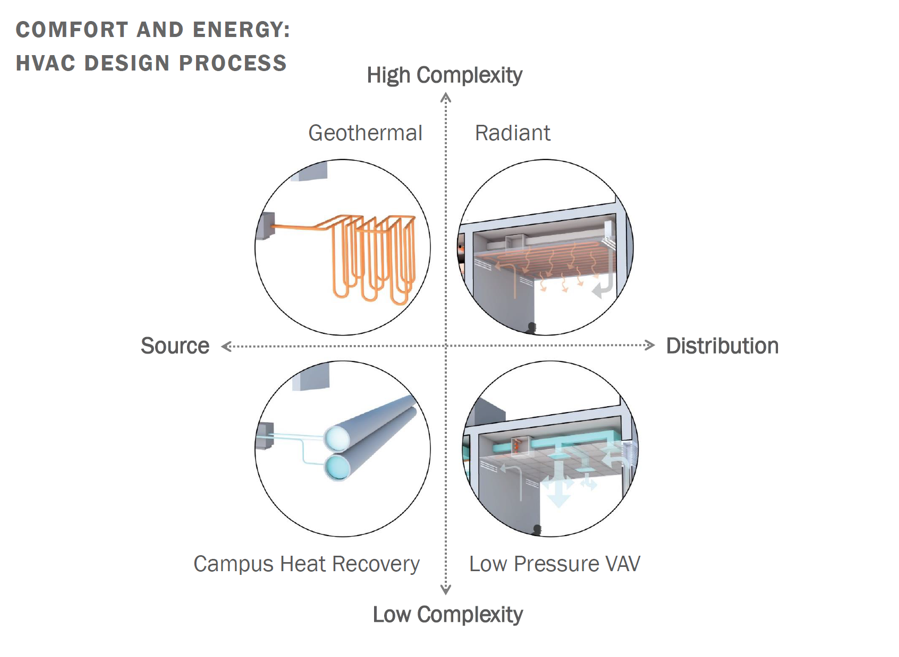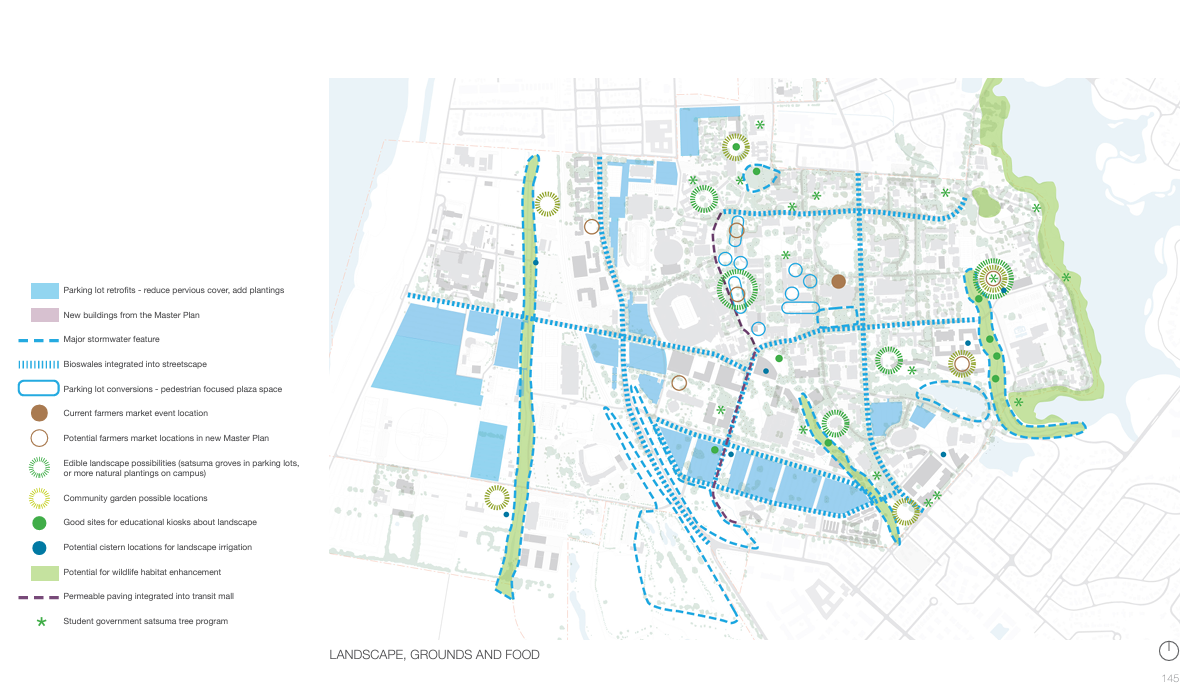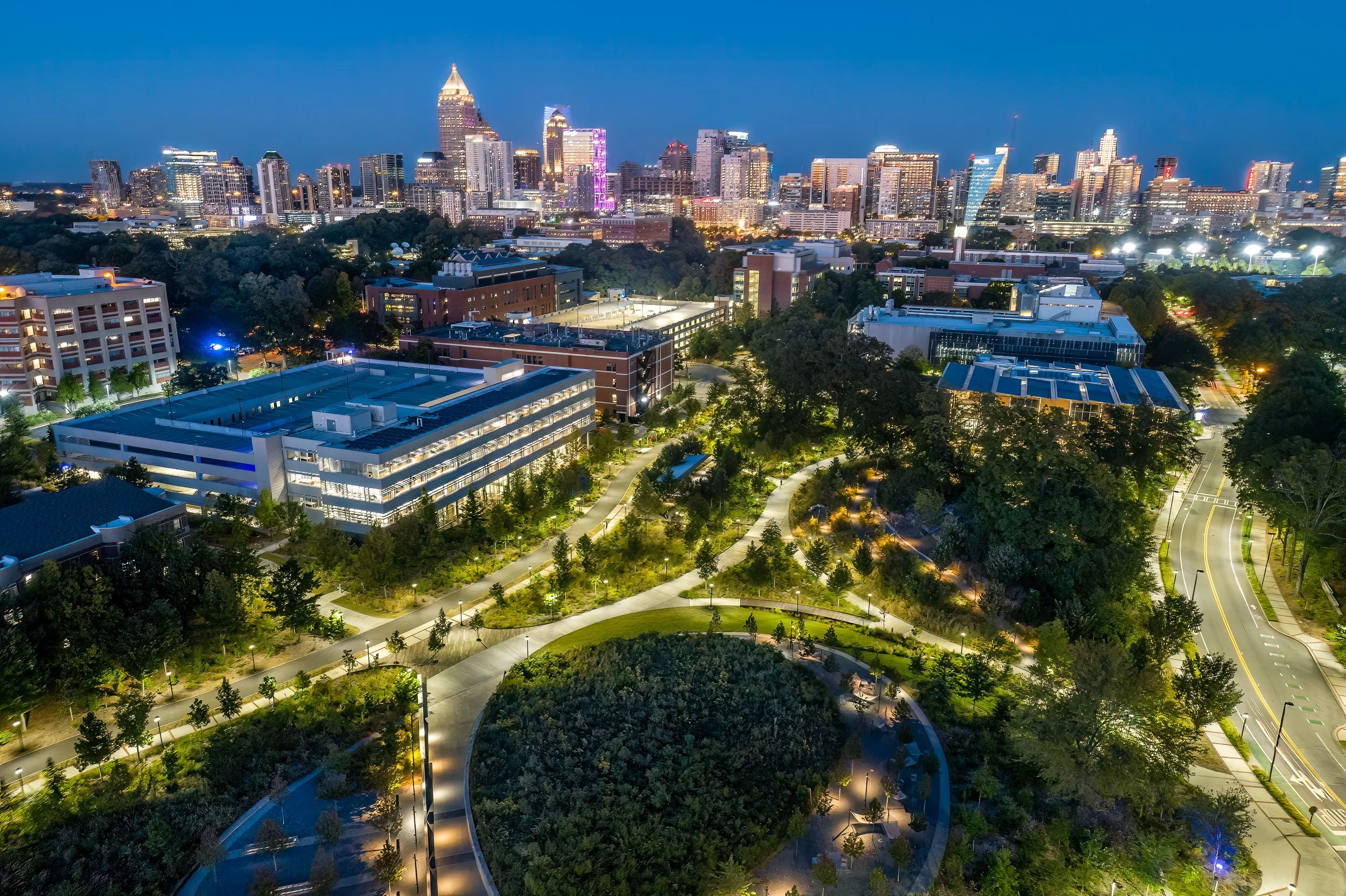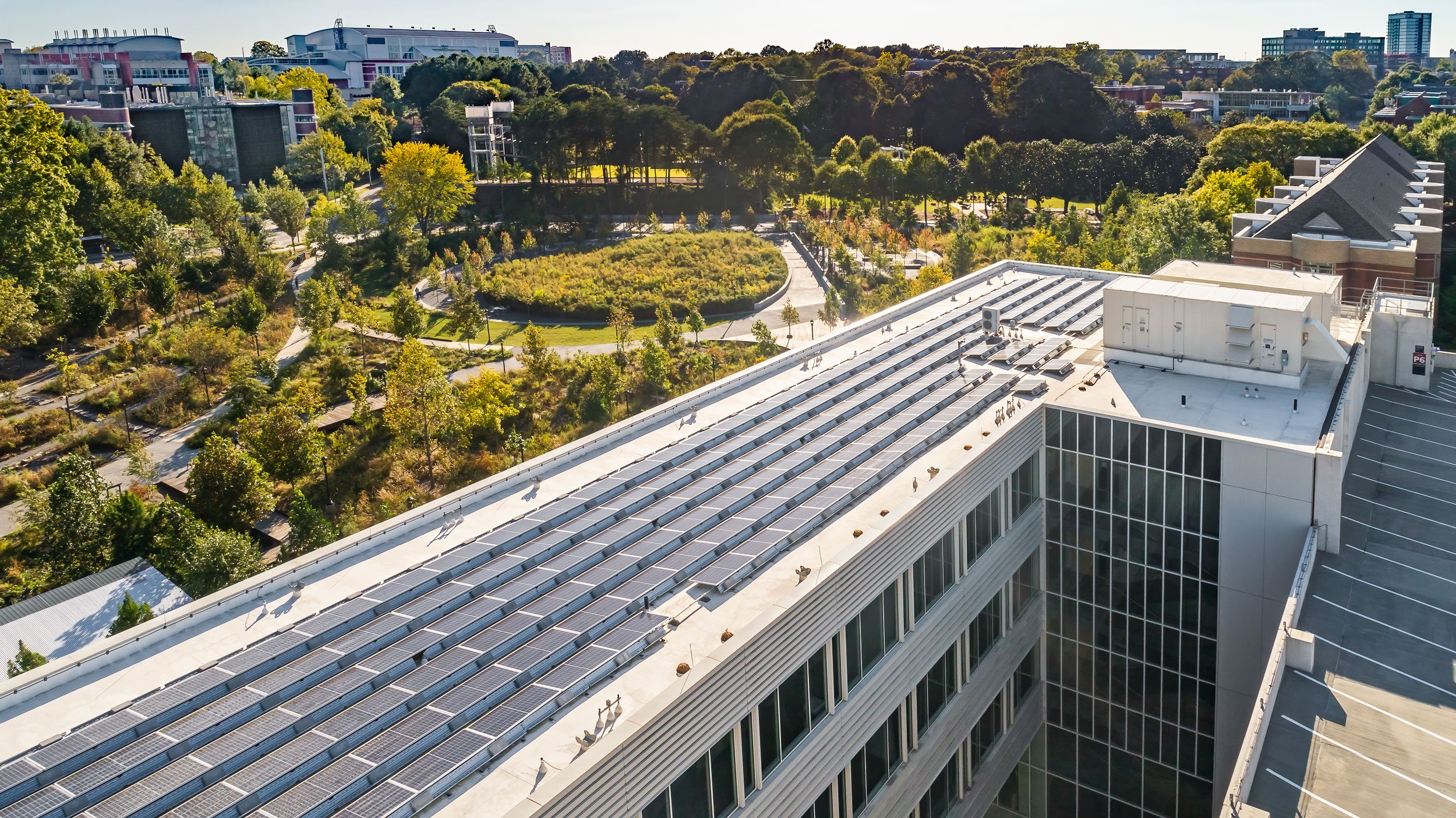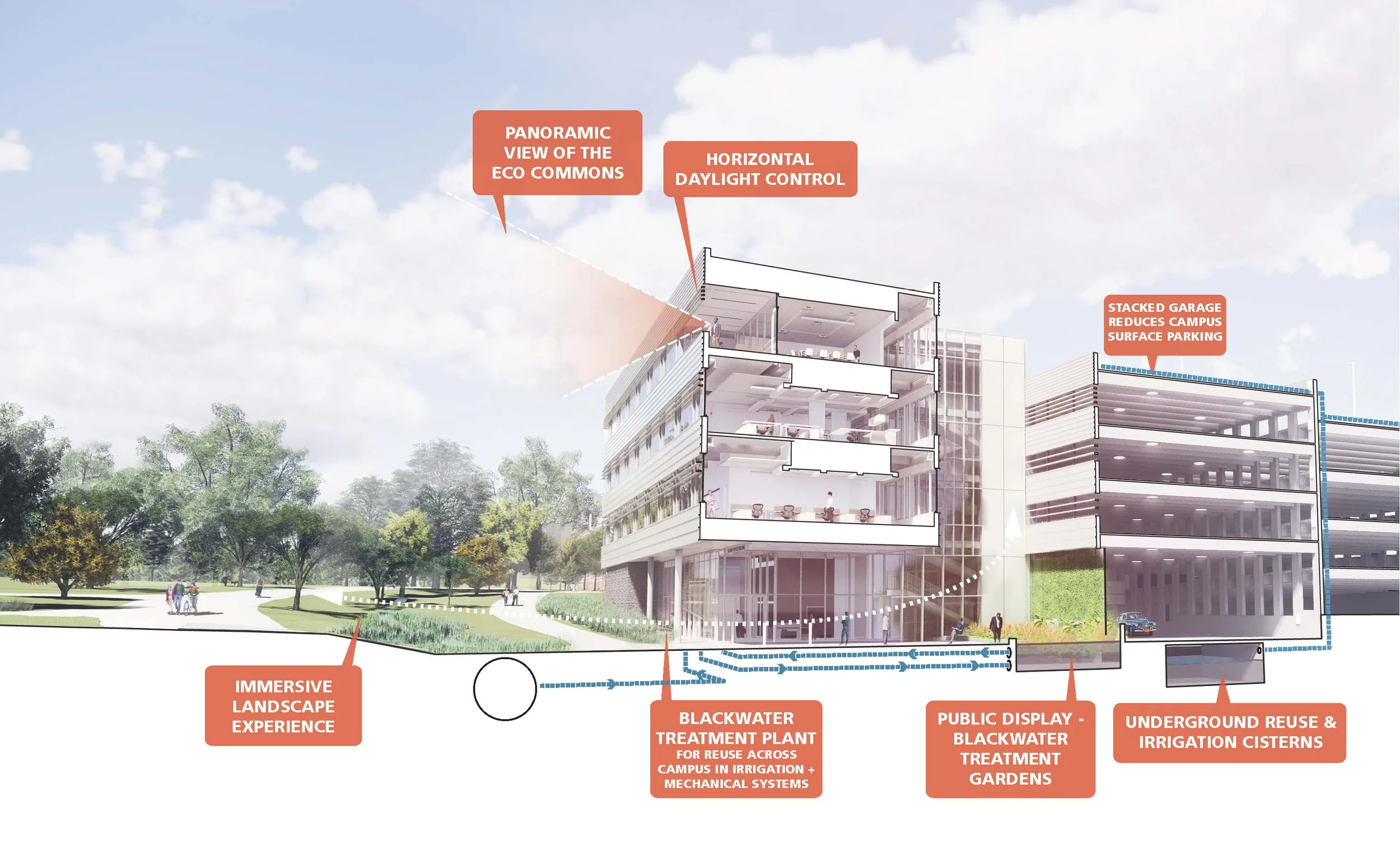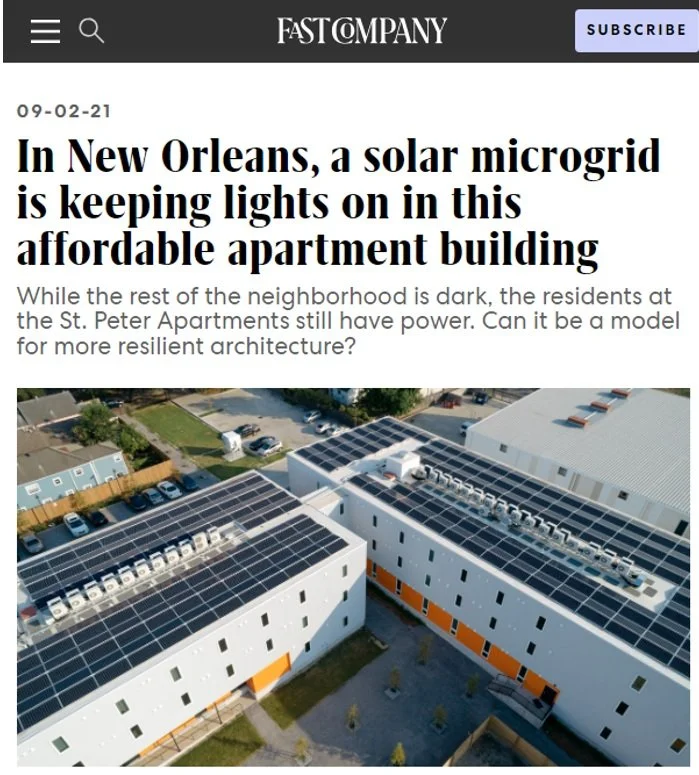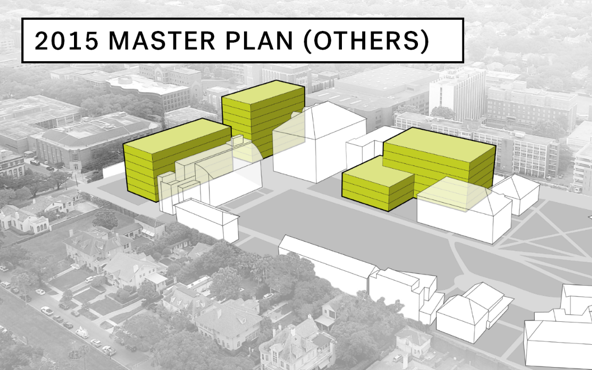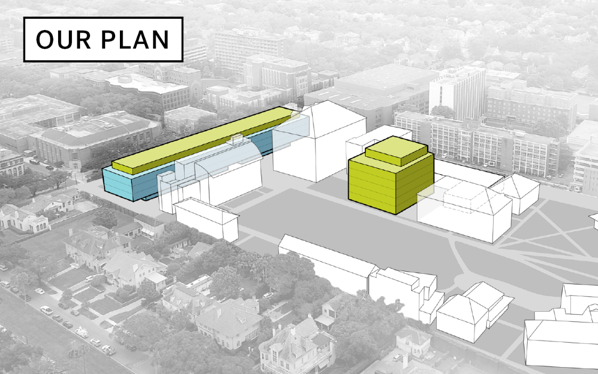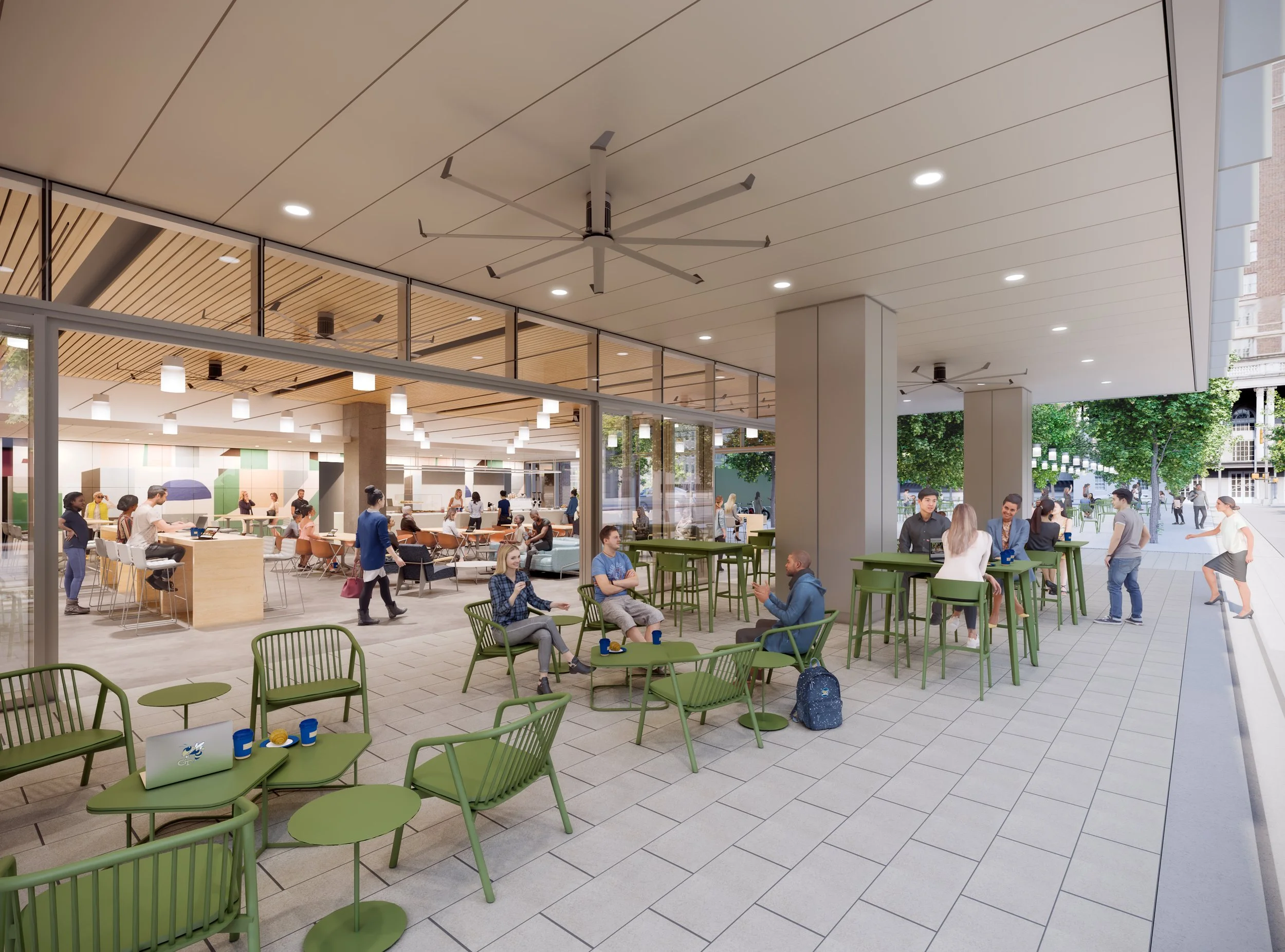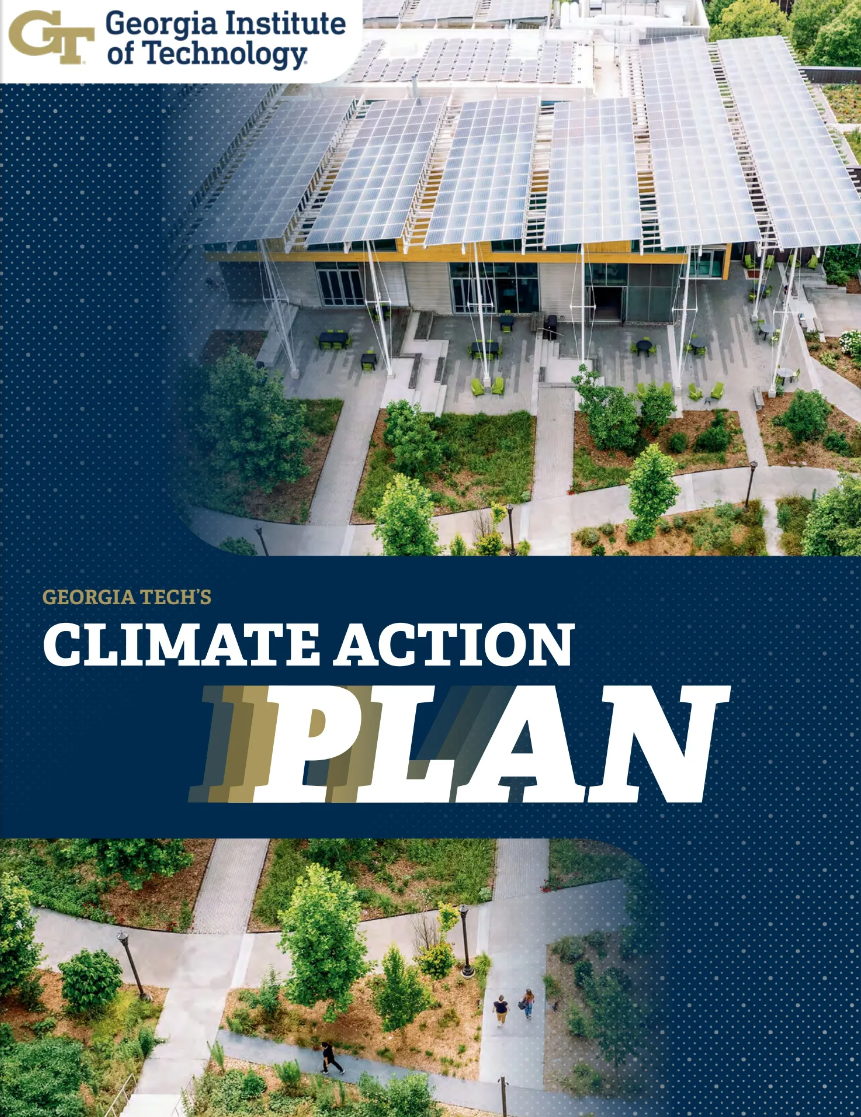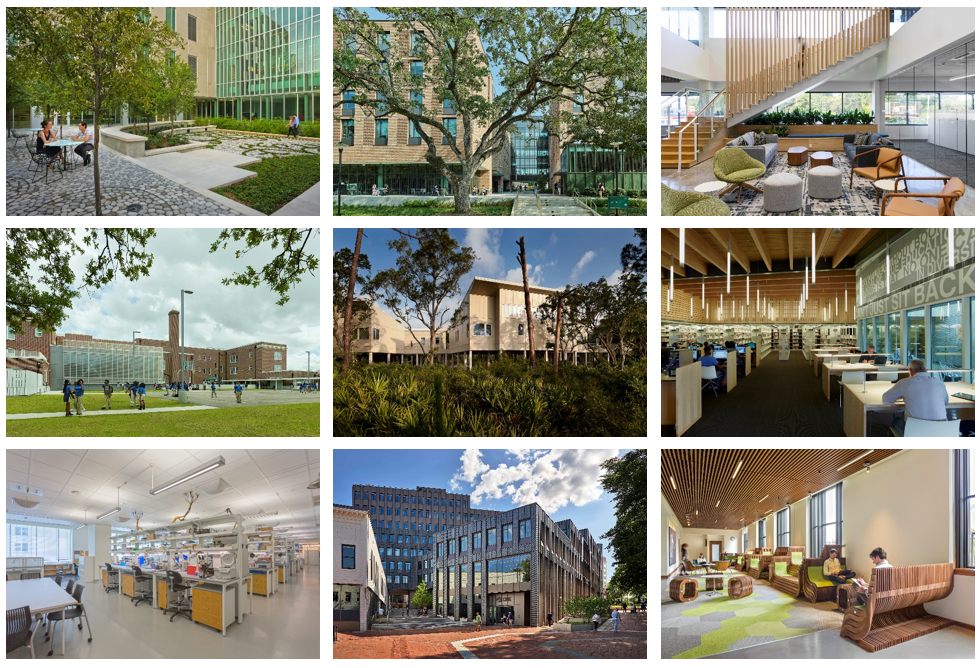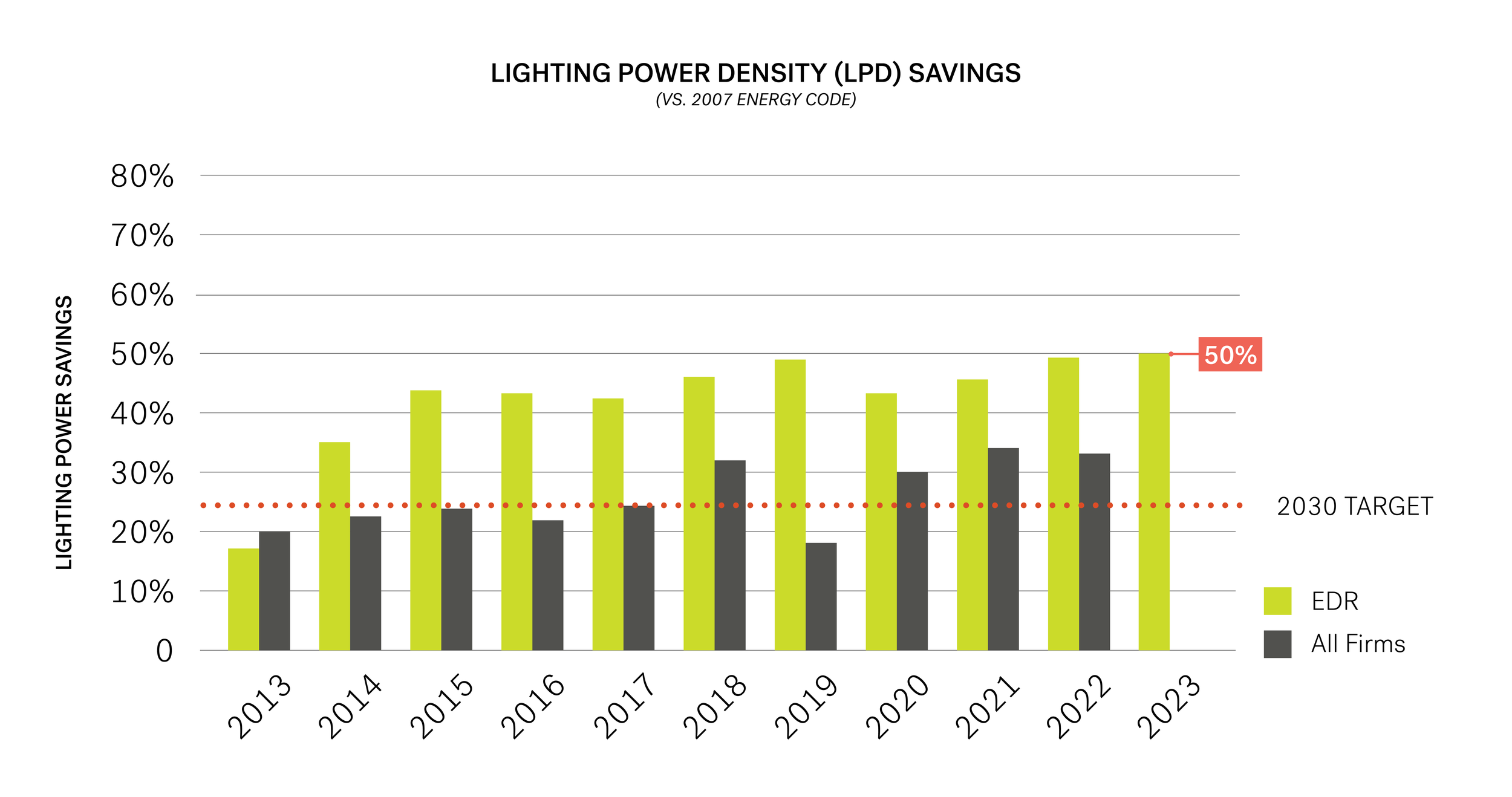A Sustained Commitment to Sustainability

The history of sustainability at EskewDumezRipple is a long and storied one. Today, while it is woven into the very fabric of our design approach (with every project, big or small, exploring opportunities for integration) it wasn’t always that way.
In honor of Earth Day, we wanted to take a look back at the complex history of this journey, and how the sharing of lessons between work on buildings, infrastructure, and policy, have been able to advance a vision of sustainability at scale. Check out the timeline below to explore what we see as some of those critical steps.
2002 - EskewDumezRipple is the first firm in Louisiana to become a member of the U.S. Green Building Council.
2009 - EskewDumezRipple is the first Louisiana company to join the ranks of firms signing the AIA 2030 Commitment, pursuing aggressive reductions in design energy performance.
2011 - The New Orleans BioInnovation Center (or NOBIC) becomes the first building in the state to demonstrate onsite stormwater management techniques whereby water leaves the site only once every twenty years. This and other interventions earn the building LEED Gold certification.
New Orleans BioInnovation Center, New Orleans, LA
Within 3 years the techniques it pioneered become required for all projects by the City’s new comprehensive zoning ordinance, and this serves as a model for other municipalities across the state.
2015 - NOBIC is the first laboratory building to win an AIA COTE Top Ten Award.
2015 - Z Smith is appointed to the 8-member AIA Committee on the Environment (COTE) Advisory Group, where he led the revamping of the metric-driven criteria for the COTE Top Ten Award, the premier award for projects integrating design excellence with environmental performance.
Z Smith, our Director of Sustainability & Building Performance.
AIA’s Framework for Design Excellence.
94% of AIA membership voted to adopt the criteria as the basis for all practice and awards, rebranded as the AIA Framework for Design Excellence.
2015 - 2016 - Leading one of three finalist teams in the Living Building at Georgia Tech Ideas Competition, EskewDumezRipple proposes an approach where the heat for the building is mined from the waste heat of campus infrastructure chilled water return lines via Heat Recovery Chillers, and where biological wastewater treatment reclamation facilities are integrated into academic buildings (rather than being considered as a separate piece of infrastructure) to increase visibility to the campus community.
Proposed approach for HVAC system in the Living Building at Georgia Tech
The team selected as the winner of the competition utilizes an approach proposed by EskewDumezRipple for providing combustion-free heat to the resulting 37,000 SF Kendeda Building for Innovative Sustainable Design.
Georgia Tech folds the proposed location of a biological wastewater treatment reclamation facility into the requirements for its next project adjacent to the Kendeda Building, the Dalney Building.
2016 - 2017 - NBBJ and EskewDumezRipple team to deliver the LSU Comprehensive and Strategic Campus Master Plan (2017), where EskewDumezRipple is credited as delivering both the climate-responsive Architectural Design Standards and the Sustainability components of the plan.
The Plan incorporates benchmarking and goal-setting for energy, water, waste, and food.
LSU’s Comprehensive & Strategic Campus Master Plan, developed by NBBJ and EskewDumezRipple in 2017.
Map of landscape, ground, and food sustainability interventions at LSU.
2017 - 2019 - EskewDumezRipple is the design lead of the team selected to deliver the Dalney Building at Georgia Tech, which is comprised of an 800-space parking deck and a 54,500 sf office building / conference facility that provides space designed to host a 100 M gal/year biological wastewater treatment reclamation facility.
Aerial of the EcoCommons at Georgia Tech.
The project harvests and purifies rainwater from its roof for toilet filling and to provide landscape irrigation for the adjacent landscaped EcoCommons. The office/ conference facility is constructed for $275/sf with a design consumption Energy Use Intensity (EUI) of 37 kBtu/sf/yr, compared with its neighbor the Kendeda Building, constructed for $565/sf with a design consumption EUI of 32.
2017 - 2019 - Z Smith serves as the North American representative on the International Union of Architects commission on the UN Sustainable Development Goals (SDGs), bringing together architects from around the world to recognize and promote the implementation of the SDGs in everyday practice.
2017 - 2019 - The St. Peter Residential project is the first net-zero multifamily (50-unit) affordable housing project with the ability to island off the grid during emergencies.
This 50-unit, 3-story apartment complex, built at a construction cost of just $164/sf, combines high efficiency (measured consumption EUI of 23), solar, and batteries and ran off-grid for 9 days in the aftermath of Hurricane Ida, when the rest of the city was without power.
St Peter Residential is cited as the proof-of-concept of the viability of solar and storage systems at the heart of the Community Lighthouse project, which had by 2023 deployed 4 of an eventual 85 resilience hubs across the city.
2019 - EskewDumezRipple is the first firm nationally to report whole-portfolio embodied and operational carbon intensity for both new construction and renovation projects.
2019 - EskewDumezRipple teamed with Payette to develop a district plan for the Tulane School of Science and Engineering, consistent with the goal of supporting a doubling of research with a concomitant growth in graduate students. EskewDumezRipple led the assessment of existing facilities and developed a phased renovation plan that would accommodate this growth with only a modest amount of new construction.
The original plan for Tulane’s Science and Engineering District detailed a considerable amount of demolition and new construction to achieve research and enrollment expansion goals
With this study, EDR proved that better utilization of space, a surgical renovation of Stern Hall (blue) and a modest new construction building could similarly achieve Tulane’s research and enrollment expansion goals – with significant savings.
By transforming underutilized cellular lab facilities into modern, flexible, daylit ballroom labs, this strategy allowed accommodation of this growth at significantly less investment and embodied carbon than the previous campus master plan.
This chart shows the savings, in square footage, carbon emissions, and budget, that Tulane was able to achieve through EDR’s analysis—plan that enabled them to achieve a state-of-the-art new science district and double their researchers through better space allocations and strategic new construction.
2020 - 2022 - Z Smith is appointed by the governor to aid in the development of the Louisiana Climate Action Plan, writing many of the proposed strategies eventually adopted by the state, including a leap forward from the 2007 energy codes to the most recent national energy code, IECC 2021.
Z was then selected by the state AIA as its representative to the newly formed state energy code commission which adapts this national code to local conditions, where he served as Vice Chair.
The adaptations made by the commission included strengthening requirements for dehumidification and being the first state in the nation to base performance requirements that depend on climate zone to be based on the climate data anticipated during the enforcement period, rather than historic data.
GHG emissions for Louisiana, 2020-2050. The modelled GHG emissions reductions are based on the strategies and actions within this plan. Two areas of GHG emission reduction outside the model are also provided. Interim (2030) and net zero (2050) goals are indicated. The business-as-usual uncertainty range (grey) is also provided for comparison.
2021 - 2024 - EskewDumezRipple leads the design of Tech Square 3, a 416,000 SF academic office and classroom building at Georgia Tech in Atlanta now under construction, an all-electric building with a design EUI of 24, on track for LEED v4 Platinum certification including the first GridOptimal building in Georgia.
GridOptimal buildings can shift their demand to reduce peaks and draw from the grid at times of lower carbon intensity, through a combination of building controls, thermal mass, and optional solar and storage.
The building harvests, stores, and purifies rainfall from its roof to provide toilet-filling, and from hardscape areas for use in landscape irrigation, resulting in a municipal water use intensity of just 3 gallons per sf per year, one-seventh that of the average non-residential building on the Georgia Tech campus.
An ‘Environmental Nutrition Label” showcases the various metrics the building is designed to achieve in one neat, easy-to-understand location.
2022 - 2024 - Georgia Tech VP of Infrastructure and Sustainability retains EskewDumezRipple to advise them on the development of a Climate Action Plan and to manage the alignment that plan with their recently revised campus sustainability plan (“Sustainability Next”) and the Comprehensive Campus Plan under development.
Z then served as a co-chair of key working groups including “Buildings Utilities” and “Resilient Infrastructure”. The plan integrates issues of energy and water resilience and considers the alignment of each initiative with the UN SDGs. As the CAP now moves into its implementation phase, Georgia Tech recently retained EskewDumezRipple to help lead the “Building Standards” and “Materials Standards” working groups.
Graphic from Georgia Tech’s Climate Action Plan detailing emissions from FY22.




